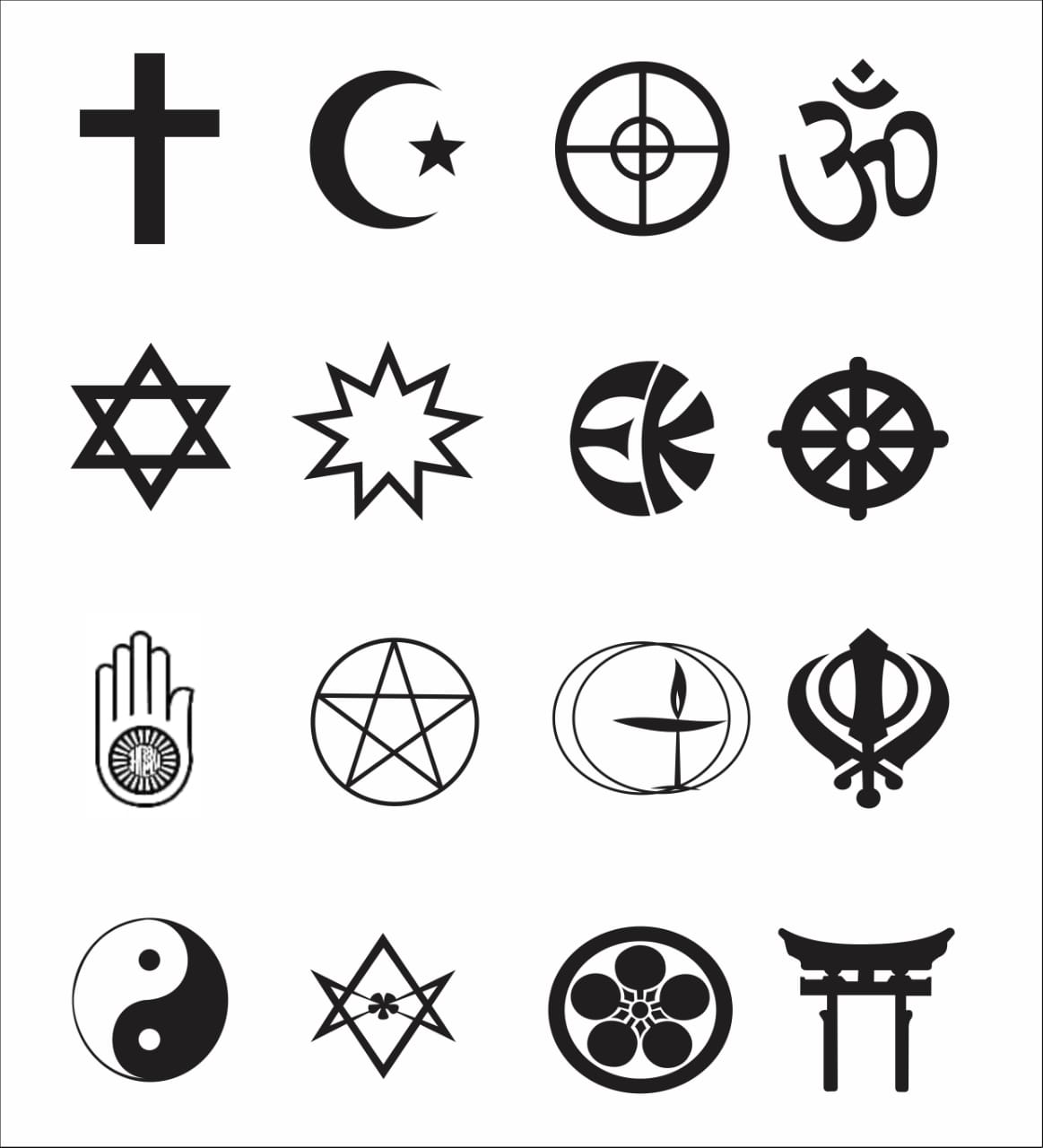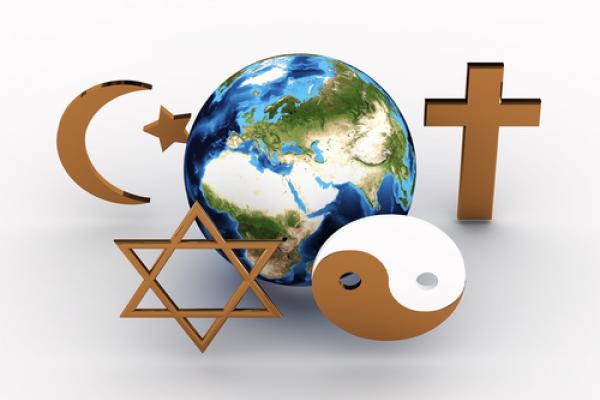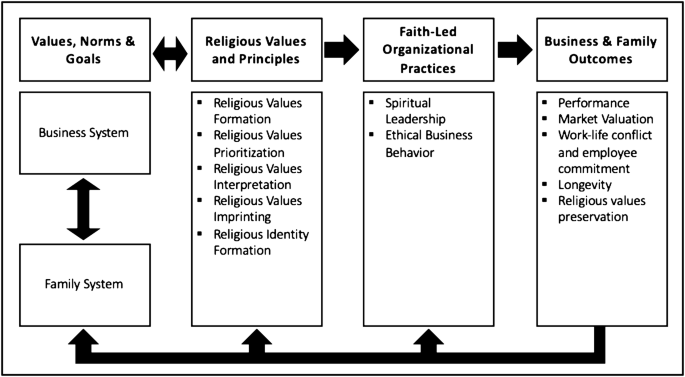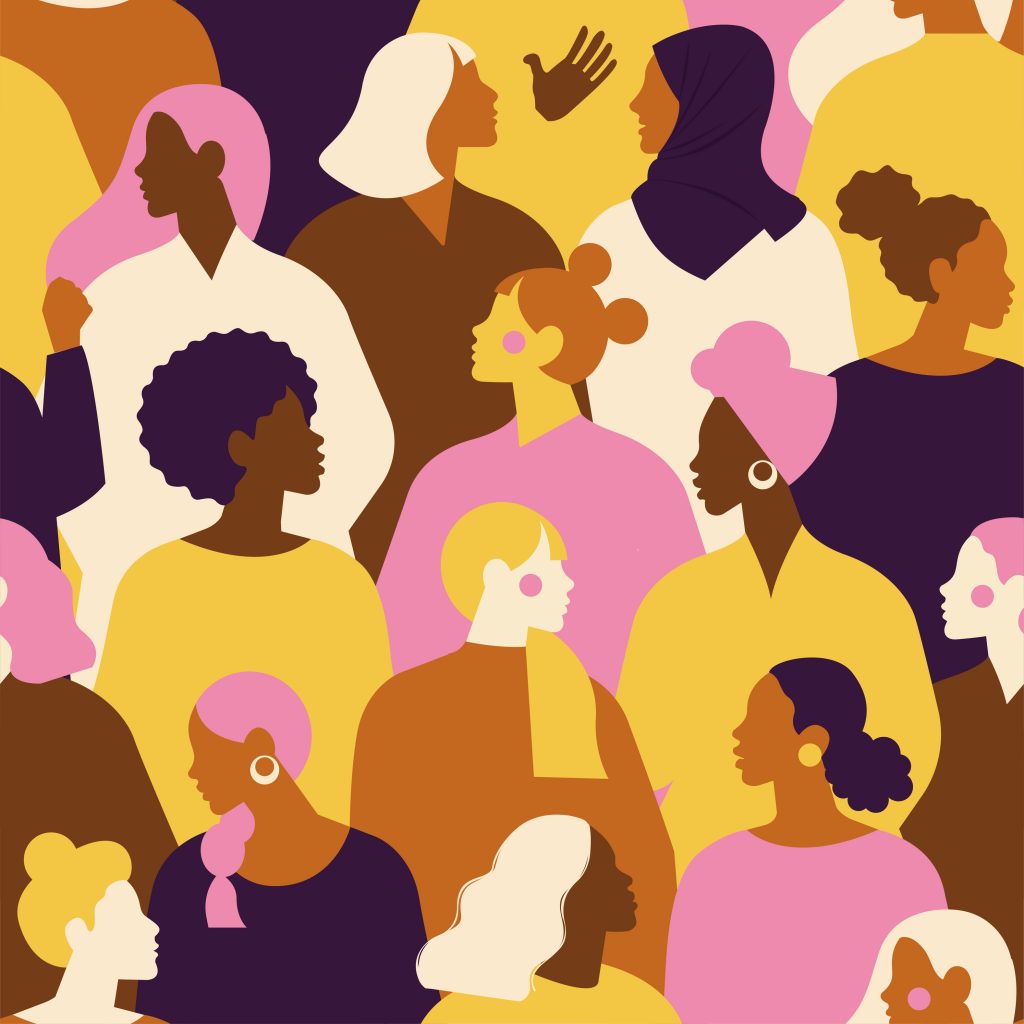Religion and spirituality have been an integral aspect of human society for millennia. One of the distinguishing features of religious and spiritual practices is the presence of rituals and ceremonies. While these practices may seem like meaningless or archaic traditions to the uninitiated, they hold significant meaning and value to those who practice them. In this blog post, we will explore the meaning behind rituals and ceremonies in religion and spirituality to help uncover their purpose and importance.
What Are Rituals and Ceremonies in Religion and Spirituality?
Before delving into the significance of rituals and ceremonies, it’s essential to define what they are. A ritual is a set of actions or words that are performed in a standardized manner, often with symbolic meaning. On the other hand, a ceremony is a formal event that marks a significant occasion or rite of passage with rituals that have specific symbolic meanings.
Rituals and ceremonies are present in almost every religion and spiritual tradition worldwide. These actions are performed both individually and collectively, often with the aim of connecting with a higher power or inner-self.
Why Are Rituals and Ceremonies Important?
Rituals and ceremonies serve multiple purposes in religion and spirituality. These can include:
1. Building Community
Rituals and ceremonies help create a sense of belonging, community, and shared identity. They give people a chance to connect with each other on a deeper level and share a common experience.
2. Providing a Sense of Purpose
When someone participates in a ritual or ceremony, they often know precisely what is expected of them and what the outcome will be. This creates a sense of purpose and meaning that can be lacking in day-to-day life.
3. Marking Transitions
Rituals and ceremonies can be used to signify important transitions in life, such as births, deaths, and marriages. These events are usually personal and significant, and ceremonies help to acknowledge and celebrate them.
4. Connecting with the Divine
One of the primary purposes of rituals and ceremonies is to connect with a higher power or inner-self. These actions are designed to create a sacred space, set intentions, and open oneself up to spiritual experiences.
Examples of Rituals and Ceremonies
Below are some examples of rituals and ceremonies from different religions and spiritual traditions:
1. Baptism – A Christian sacrament involving the pouring or immersion of water to signify the cleansing of sins and the rebirth of the individual.
2. Meditation – A practice found in various Eastern spiritual traditions, designed to develop awareness, focus, and calmness of the mind.
3. Hajj – A pilgrimage to Mecca performed by Muslims during the Islamic month of Dhu al-Hijjah, culminating in the celebration of Eid al-Adha.
4. Shabbat – A weekly Jewish ritual that involves lighting candles, reciting prayers, and sharing a special meal with family and friends.
5. Vision Quest – A Native American spiritual practice that involves spending several days alone in nature, fasting, and seeking spiritual guidance.
Conclusion
In conclusion, rituals and ceremonies are essential aspects of religion and spirituality with profound meaning and value. These actions serve multiple purposes, including building community, providing a sense of purpose, marking transitions, and connecting with the divine. Whether you practice a particular religion or are exploring your spirituality, understanding the meaning behind these practices can enhance their significance and enrich your life.











